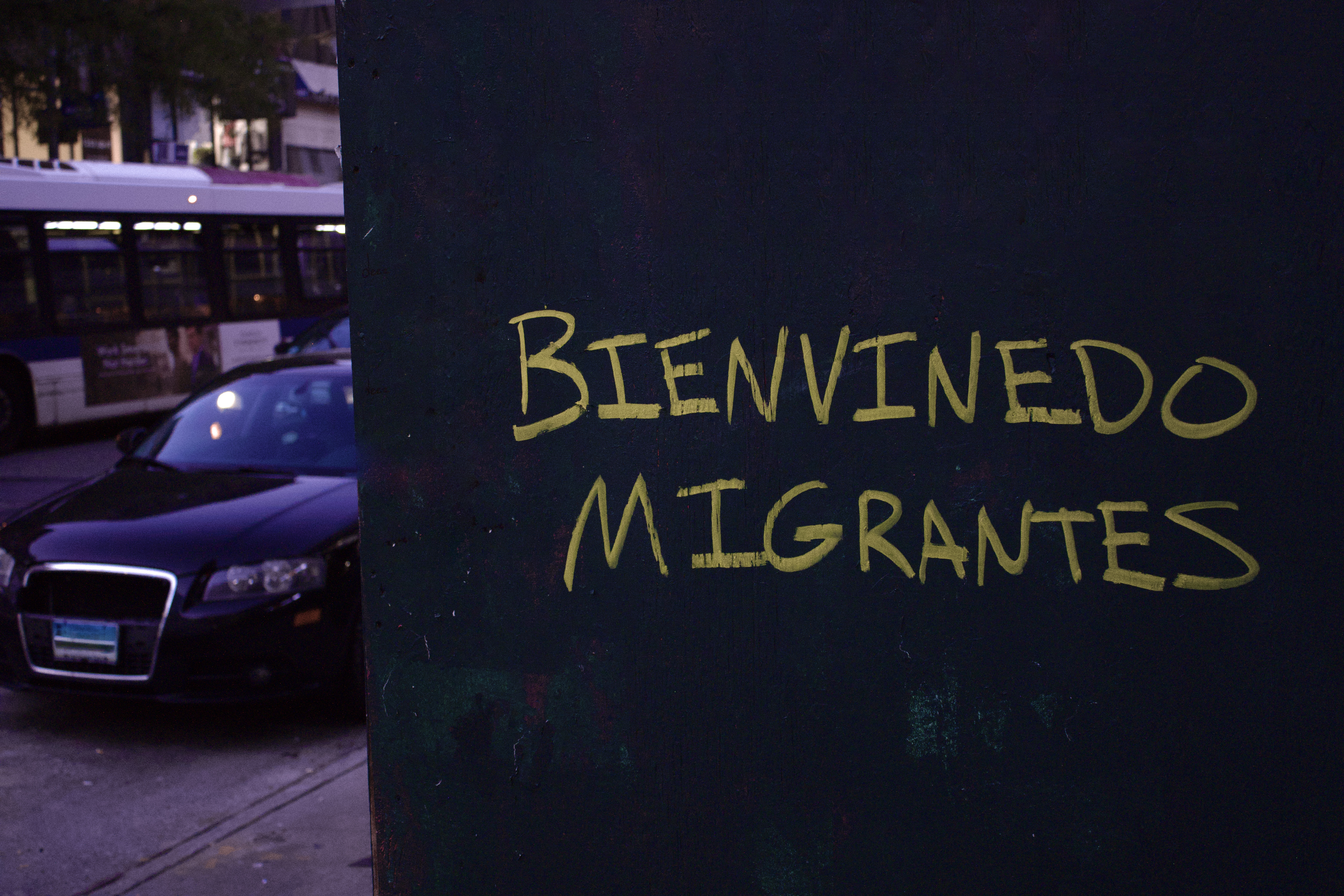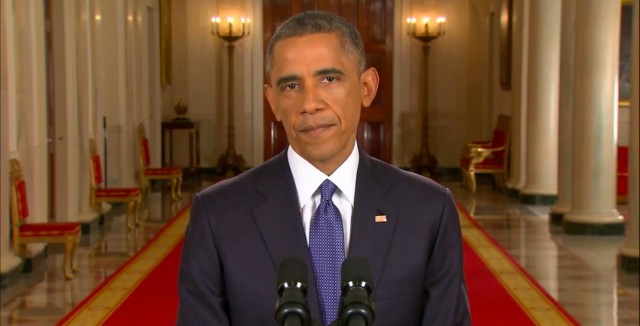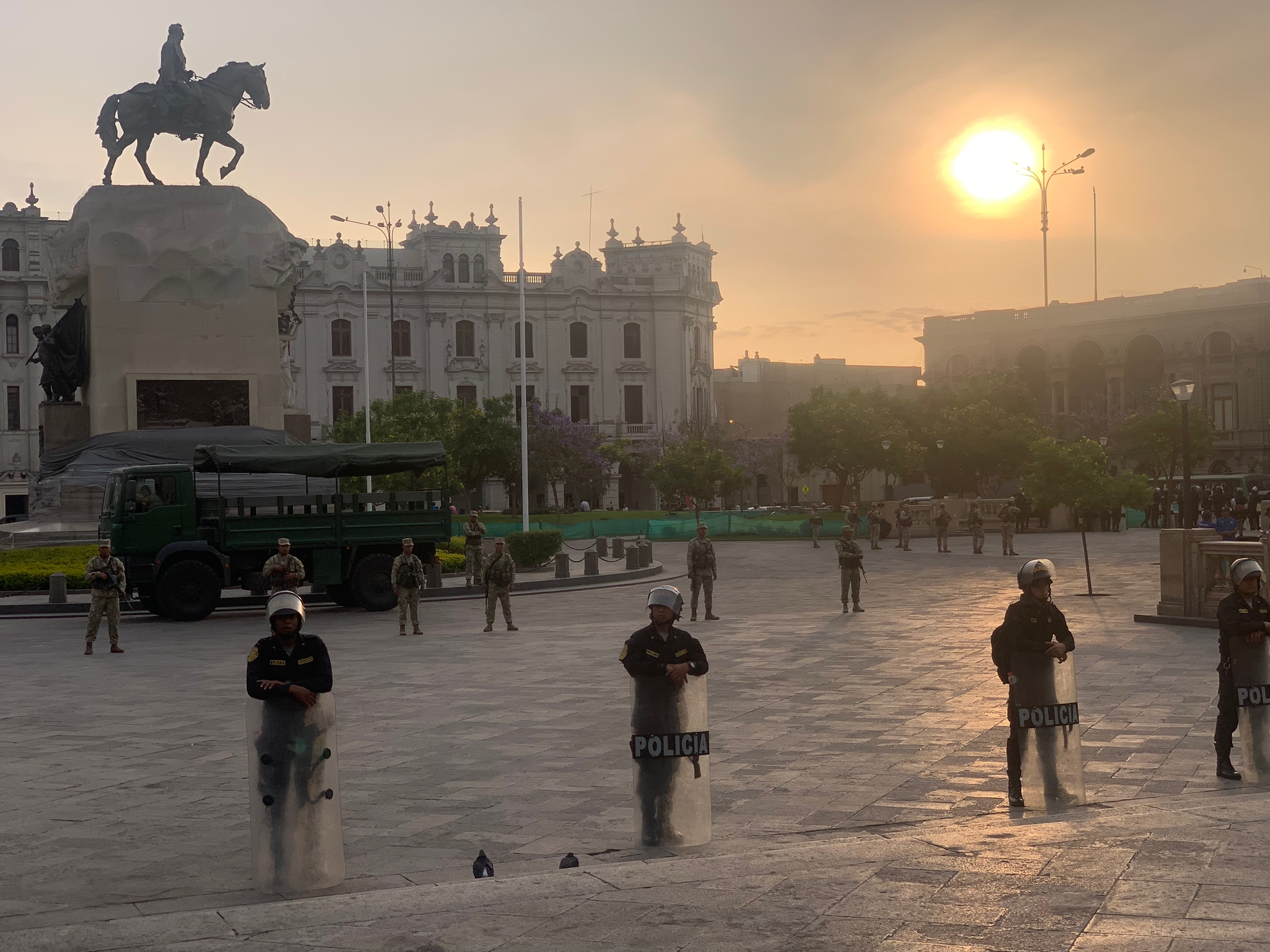
Features, North America, United States
Title 42 Remains, For Now: How We Got Here and What’s Next
January 3, 2023 By Alfredo Eladio Moreno
The Supreme Court said Dec. 27 that Title 42 — a set of federal orders elaborated to quickly expel migrants at the border for public health reasons — will remain in effect, until a final judgment is handed down.
What is Title 42?
Title 42 refers to a set of orders that were put in place by the Trump administration at the beginning of the pandemic, and further modified (and embraced) by the Biden administration.
It rests on public health law that was created in 1893. When the Trump administration implemented it to address Covid, the law had been used once prior — in 1929 to address people infected with meningitis from China and the Philippines.
The Trump administration interpreted the law to restrict migration in the interest of public health.
What have the courts said?
On Nov. 15 the District Court of DC ordered Title 42 to be immediately suspended.
Within hours the federal government asked the court to grant a five-week hold as it shifted policy. “[The Department of Homeland Security] requires a short period of time to prepare for the transition from Title 42 to Title 8 processing, given the need to resolve resource and logistical issues that it was unable to address in advance,” the government said.
The court granted the hold, saying that the order would take effect on Dec. 21. That changed when the attorneys general of 19 Republican-led states appealed to the Supreme Court to halt the order.
In an interview with NPR, Attorney General of Arizona Mark Brnovich said, “[Title 42 is] not a permanent policy. It was never meant to be. But it is one of the few tools we have left in our toolbox that is stopping even more people from illegally reentering.”
The Supreme Court agreed 5-4 to halt the lower court’s order. Now, Title 42 remains in place until it hands down a final judgment later this year on the way in which the policy was rolled back.
In dissent, Justice Neil Gorsuch said, “The current border crisis is not a COVID crisis. And courts should not be in the business of perpetuating administrative edicts designed for one emergency only because elected officials have failed to address a different emergency.”
How did we get here?
The arguments for and against the Title 42 Orders hinge on the answers to two questions: How should the government address surging migration at the border? Is the Covid-19 pandemic still a salient factor to consider in addressing migration?
The Trump administration put into effect the Title 42 Orders at the beginning of the pandemic on March 20, 2020. It said that it was giving the CDC a procedure under Title 42 “to suspend the introduction of persons from designated countries or places, if required, in the interest of public health.”
Yet, the Title 42 orders have drawn scrutiny for the way they were implemented and the reasons for doing so.
The law states that the recommendation to restrict movement across borders should come at the discretion of the CDC, under the Department of Health and Human Services. Reporting by the Associated Press shows, however, that the move to implement Title 42 effectively came from the White House. CDC Director Robert Redfield had initially refused to comply, citing no valid public health reason. After a phone call with Mike Pence and other top officials, Redfield acquiesced.
The Trump administration’s actions raise the question of whether it had opportunistically implemented Title 42 to achieve its long-standing goal to restrict immigration.
Extensive interviews with bureaucrats embroiled in the Trump administration, as well as a robust investigation by ProPublica on unprecedented political interference in public health policy, show that Stephen Miller originated the idea to use Title 42 to restrict the border.
Before Miller became the invisible hand that crafted the Trump administration’s immigration policies, he had been a political outsider and staunch immigration restrictionist who worked as an aide to then-Senator Jeff Sessions.
Nearly three years after the pandemic started, federal and local governments are at an impasse on the Title 42 orders and the answers to questions about public health woes and surging border encounters. Cue, the courts.
What next?
What next for the “border band-aid”? The Supreme Court will hear arguments in Arizona et. al. v. Mayorkas in late February to early March. The hearing will focus on whether the states can intervene to challenge the District Court of DC’s order, not on the legality of the law itself.
A final decision will come out in early summer, until which the Title 42 orders will remain in effect.
The consensus, however, is that using public health to restrict immigration is becoming a rapidly fading pretense. Nevertheless, the Biden administration is looking to use the Title 42 orders to create humanitarian parole programs for Cubans, Haitians and Nicaraguans.
The programs will be modeled after the one created for Venezuelans in October 2022. Customs and Border Protection data shows that the number of Venezuelans who crossed the border dropped from 20,806 to 6,232 between October and November.
Encounters with Venezuelans at the southwest border pale in comparison to encounters with Cubans and Nicaraguans. In October 49,153 Cubans and Nicaraguans were encountered; 68,044 in November. A final decision by the Biden administration on special adjustment programs for Cubans, Haitians and Nicaraguans will be made sometime early this year.
About Alfredo Eladio Moreno
Fredo is a journalist and photographer from his native Houston, Texas. He has reported since 2020 on Mexican politics and immigration policy in the United States, and especially on Nicaragua and the Ortega-Murillo regime. He is a graduate student of Journalism and Latin American and Caribbean Studies at New York University, where he is Editor-in-Chief of the Latin America News Dispatch.




